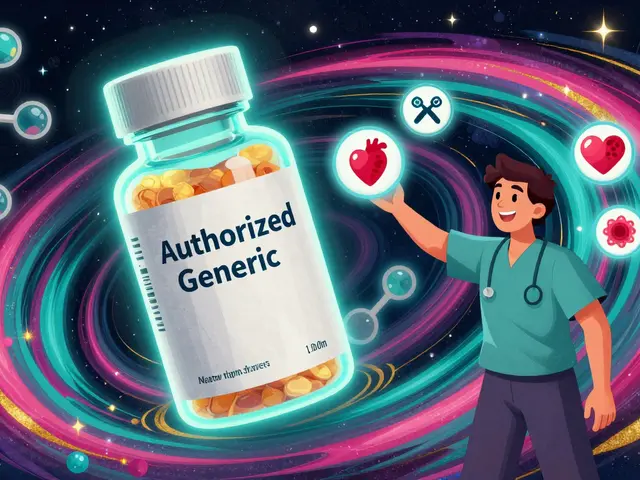Enalapril: what it treats, how to take it, and safety tips
Enalapril is an ACE inhibitor widely prescribed for high blood pressure and heart failure. If your doctor suggested enalapril, you probably want quick, usable facts: how it works, what to watch for, and simple steps to stay safe while taking it. Below is a straightforward, practical guide.
How enalapril works and common uses
Enalapril relaxes blood vessels by blocking an enzyme that tightens them. That lowers blood pressure and makes it easier for the heart to pump. Doctors commonly use it for:
- High blood pressure (hypertension) - Heart failure - Protecting kidney function in some people with diabetes
Typical dosing starts low and increases as needed. For adults with high blood pressure, common starting doses are 5–10 mg once daily, moving up to 20 mg once or twice daily depending on response. In heart failure, dosing may start very low and be adjusted slowly. If you have kidney problems or are older, your doctor will likely choose a lower starting dose and monitor labs closely.
Safety, side effects and practical tips
Common side effects include a dry cough, dizziness (especially after the first dose), fatigue, and sometimes mild headache. Dizziness happens when blood pressure drops too fast—stand up slowly until you know how enalapril affects you. A less common but serious reaction is angioedema: sudden swelling of the face, tongue, throat, or difficulty breathing. If that happens, get emergency care right away.
Watch for high potassium (hyperkalemia) signs like muscle weakness or irregular heartbeat. Avoid potassium supplements or salt substitutes that contain potassium unless your clinician approves. Also be careful with NSAIDs (ibuprofen, naproxen) because they can reduce how well enalapril works and raise the chance of kidney problems. Combining enalapril with lithium needs close monitoring, as does mixing it with other blood pressure drugs.
Enalapril must not be used if you are pregnant or planning to become pregnant. It can cause serious harm to an unborn baby. If pregnancy is possible, talk to your doctor about alternative medicines.
Monitoring: check blood pressure regularly and follow up with blood tests for kidney function and potassium within 1–2 weeks after starting or changing dose. After that, periodic checks every few months are common. If you miss a dose, take it as soon as you remember unless it’s almost time for the next one—don’t double up.
Practical tips: take enalapril at the same time each day, store at room temperature, and avoid sudden position changes at first. If you feel lightheaded or faint, sit or lie down and measure your blood pressure if possible. Always tell any new healthcare provider or pharmacist that you take enalapril.
If you’re unsure about interactions, side effects, or dose changes, call your prescriber. Small questions matter when it comes to blood pressure and kidney safety—ask early rather than waiting until a problem shows up.
Managing Hypertension: Benefits of Enalapril-Hydrochlorothiazide Combination
Living with hypertension can be challenging, but medications like enalapril-hydrochlorothiazide offer a potent solution for managing blood pressure levels. This article explores the role of this combination drug in hypertension treatment, its benefits, possible side effects, and tips for effective use. Understanding how this medication works empowers individuals to make informed choices about their health. Alongside medical advice, lifestyle changes enhance the efficacy of treatment for a healthier, stress-free life.





